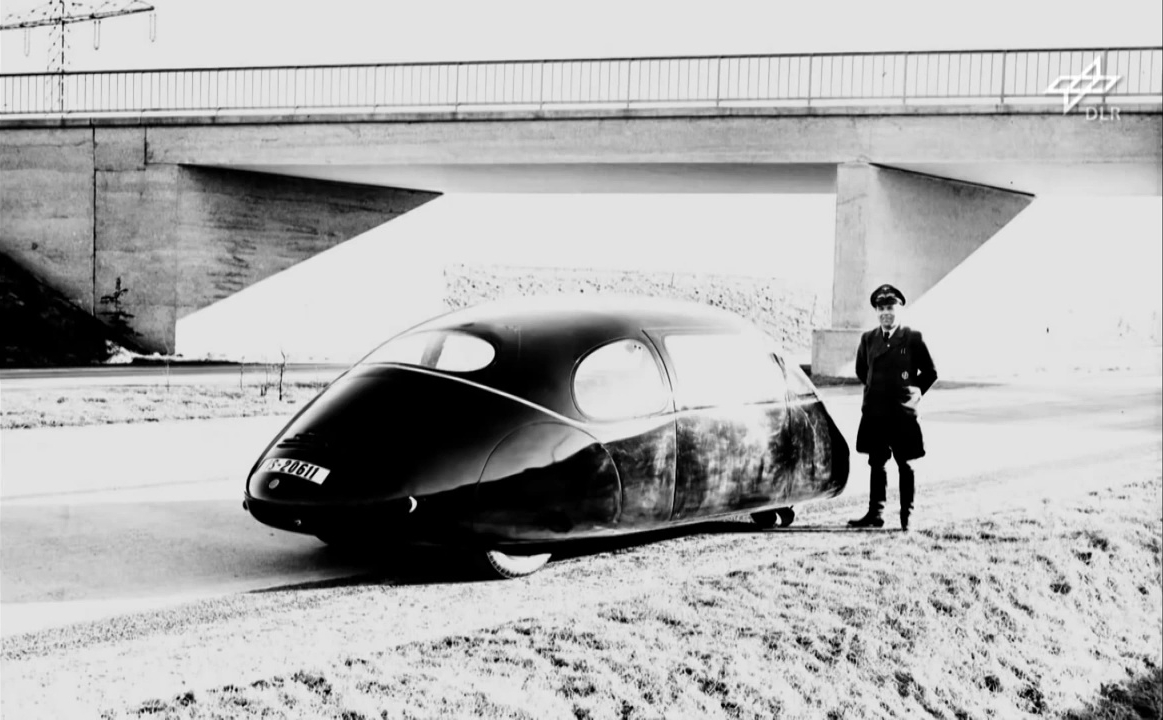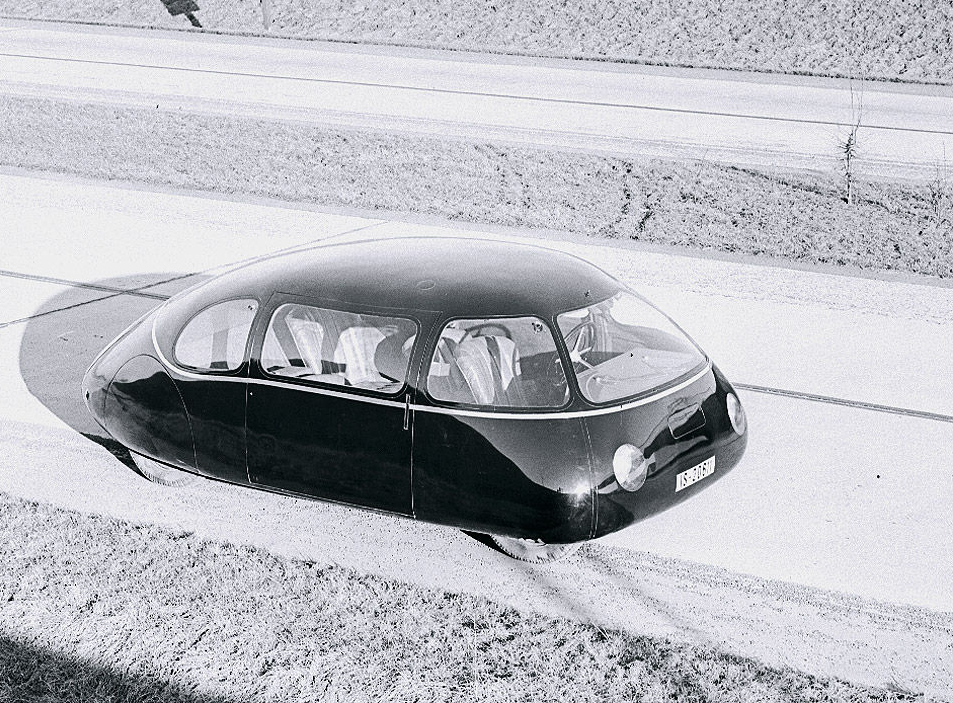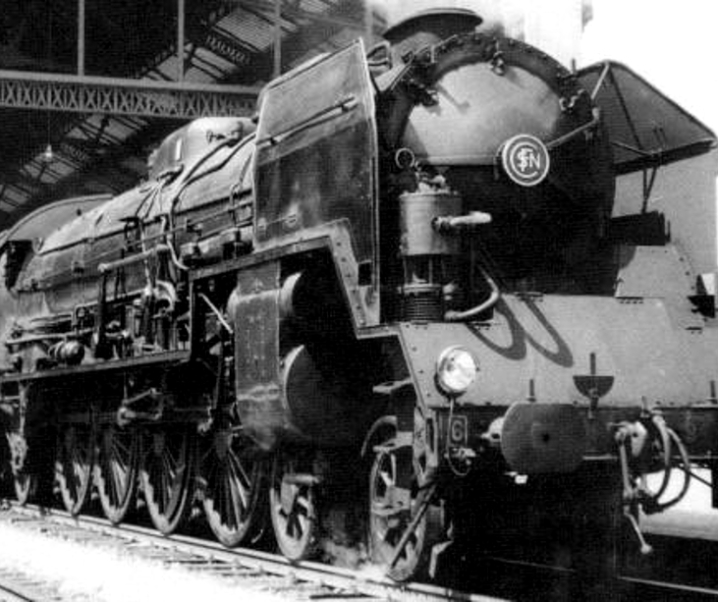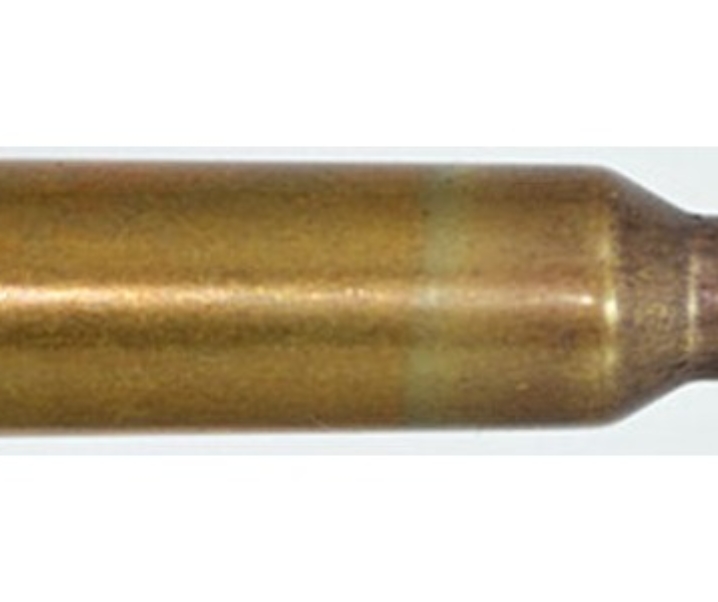We need people in this world who are risk takers. We need people who are willing to let go of accepted wisdom for a while, who are willing to risk failure. Because so often it is through the efforts of such people that the breakthroughs happen, whether they be technological, scientific, social or political. Karl Schlör, an engineer with Krauss Maffei of Munich was such a risk taker. He wanted to push the envelope of what a car should be like way back in 1936 and by 1939 had built his first working prototype which was called the Schlörwagen, or the “tortoise”, because it looked like one.
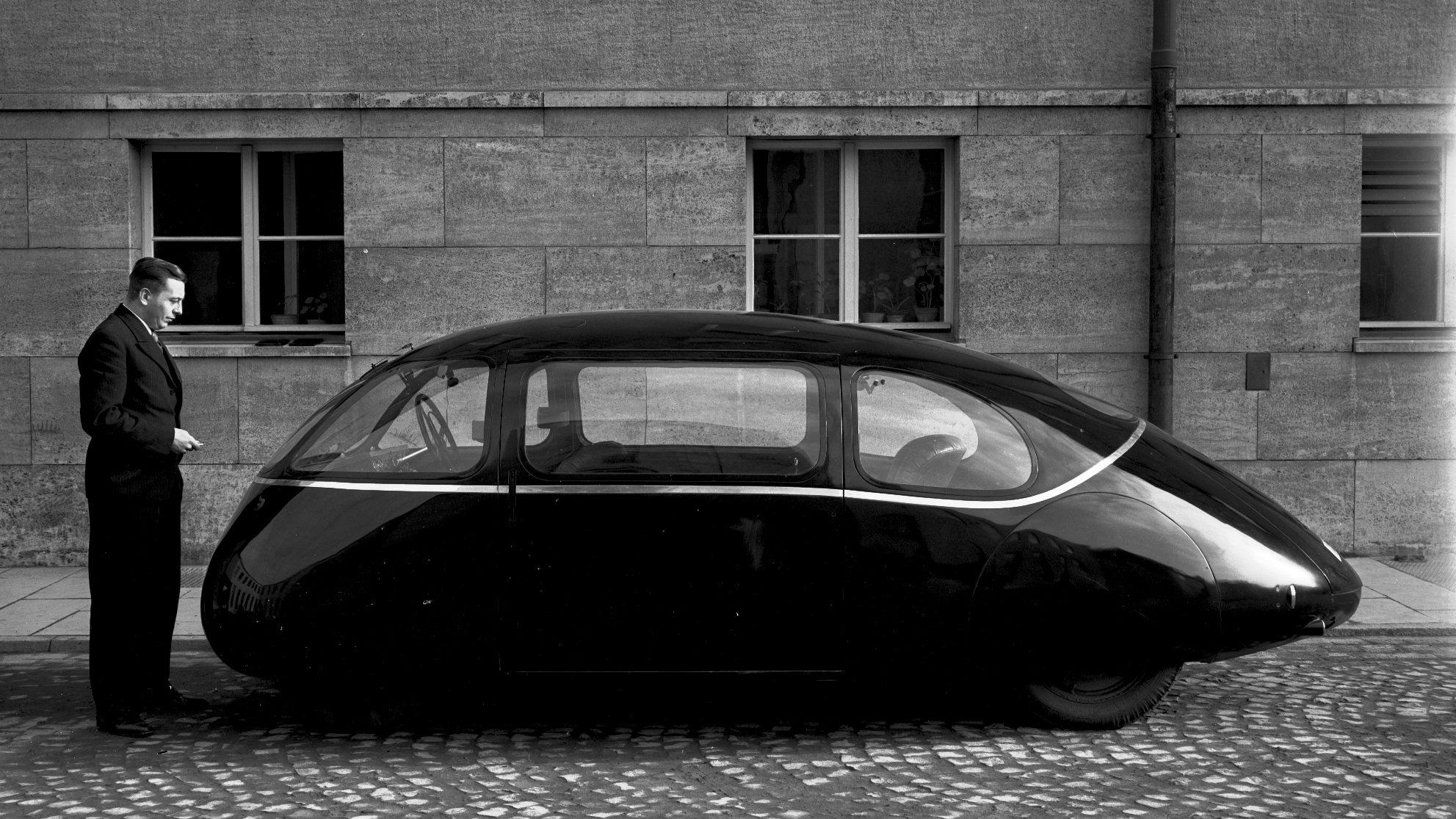
The Schlörwagen was an effort to create a truly aerodynamic car that would do justice to the new network of high speed autobahns that were being constructed across Germany. The sole design brief was to create a car with the lowest drag coefficient possible, yet a car that was still practical.
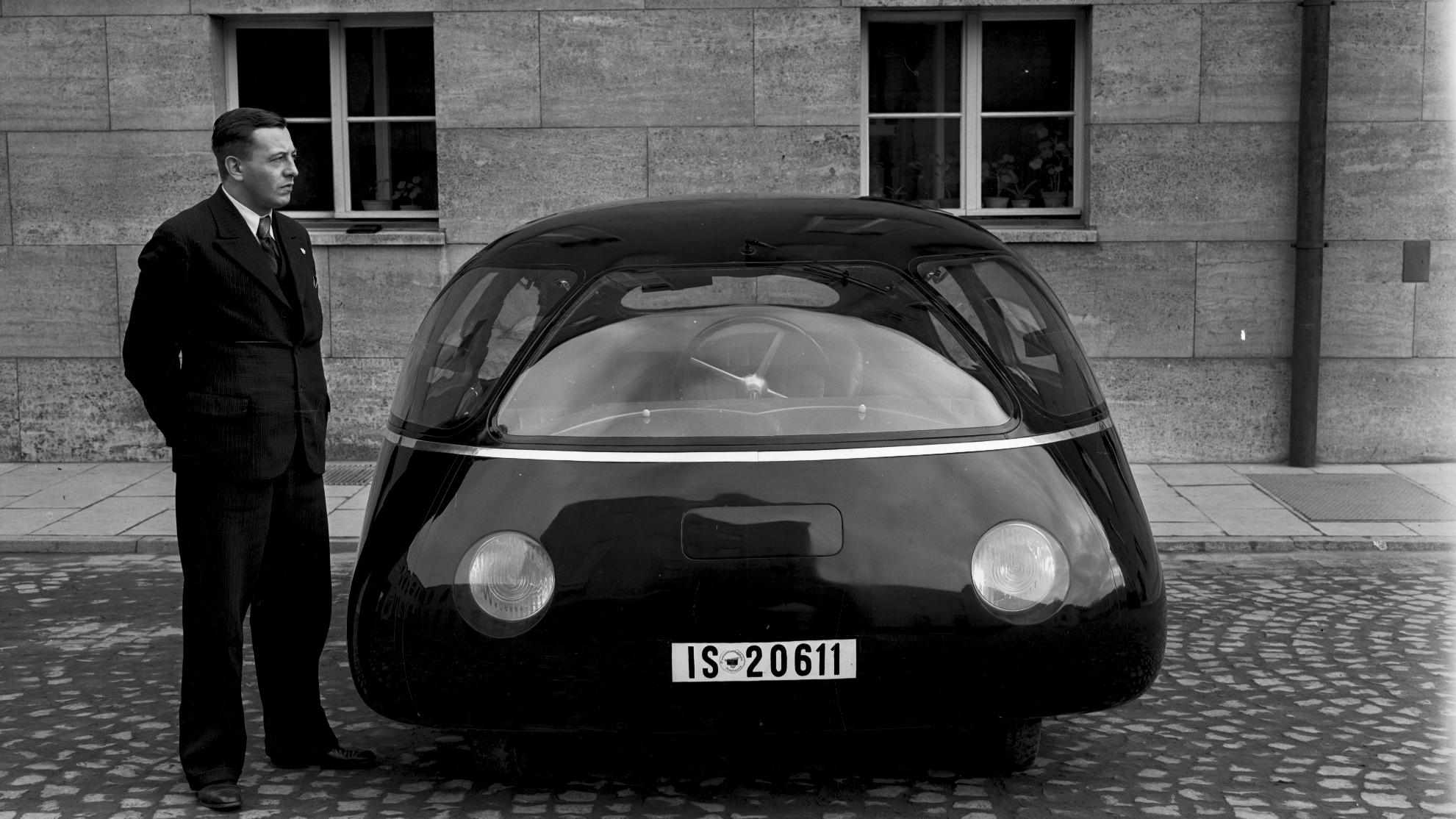
Initial wind tunnel tests on models showed that Karl Schlör’s design concept was nothing short of spectacularly aerodynamic. In the wind tunnel the model produced an excellent drag coefficient of 0.113 which would be an impressive figure even by today’s standards.
[youtube id=”JRfb2-tyRyg”]
With such impressive performance by the model in the wind tunnel the next step was to build a twelve inches to the foot full size prototype and find out how that performed. At that time in Germany there was much effort going into producing not only a “people’s car” such as Dr. Ferdinand Porsche’s “Volkswagen” (which back then was actually called the KDF Wagen) but also in producing other more expensive cars that would be suitable for Germany’s more affluent classes. Mercedes-Benz was one of the companies trying out designs for rear engined aerodynamic cars and so the Mercedes-Benz 170H chassis was chosen as the foundation for Karl Schlör’s full size working prototype.
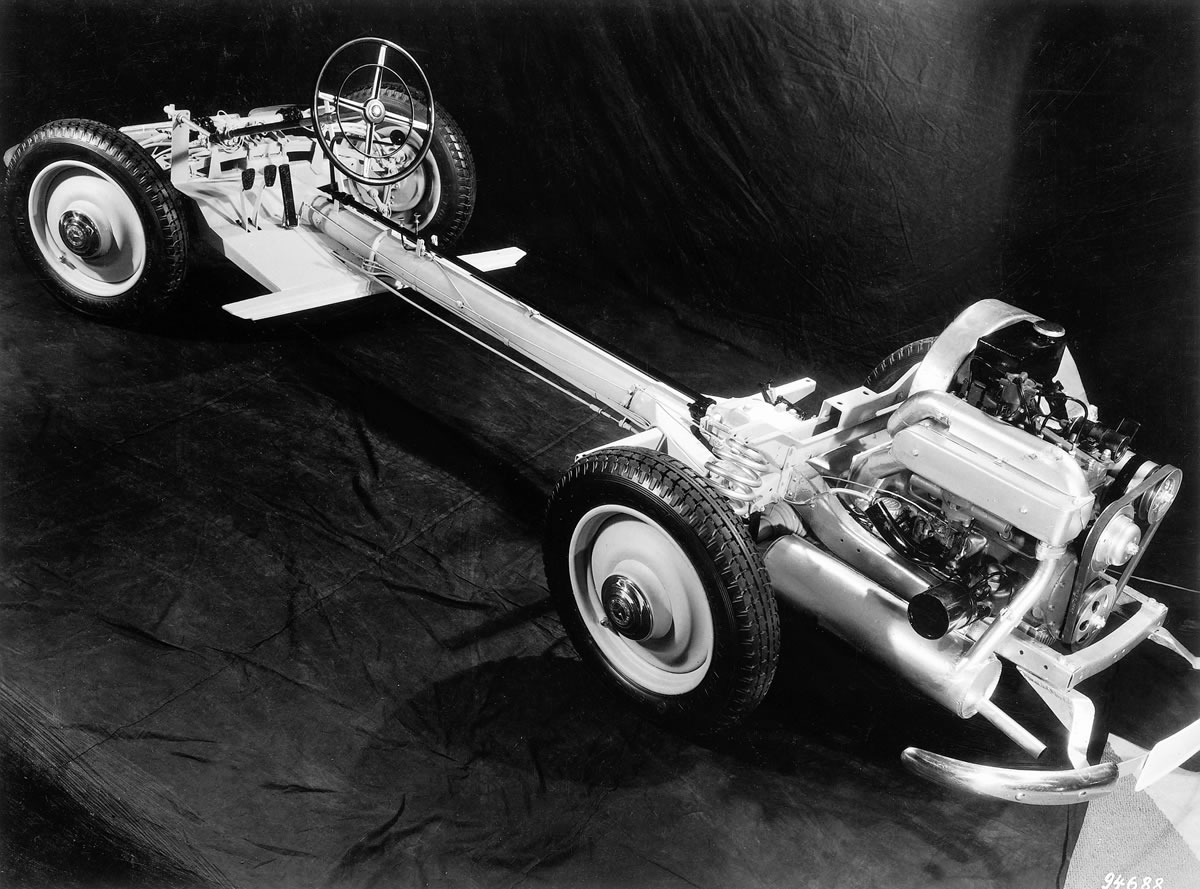
The Mercedes-Benz 170H was a backbone chassis with a fully independent suspension. The design reflects influences from Ferdinand Porsche and Hans Ledwinka (the designer of the big Tatra cars of the thirties and forties). It was onto this very modern foundation that the prototype Schlörwagen was constructed.
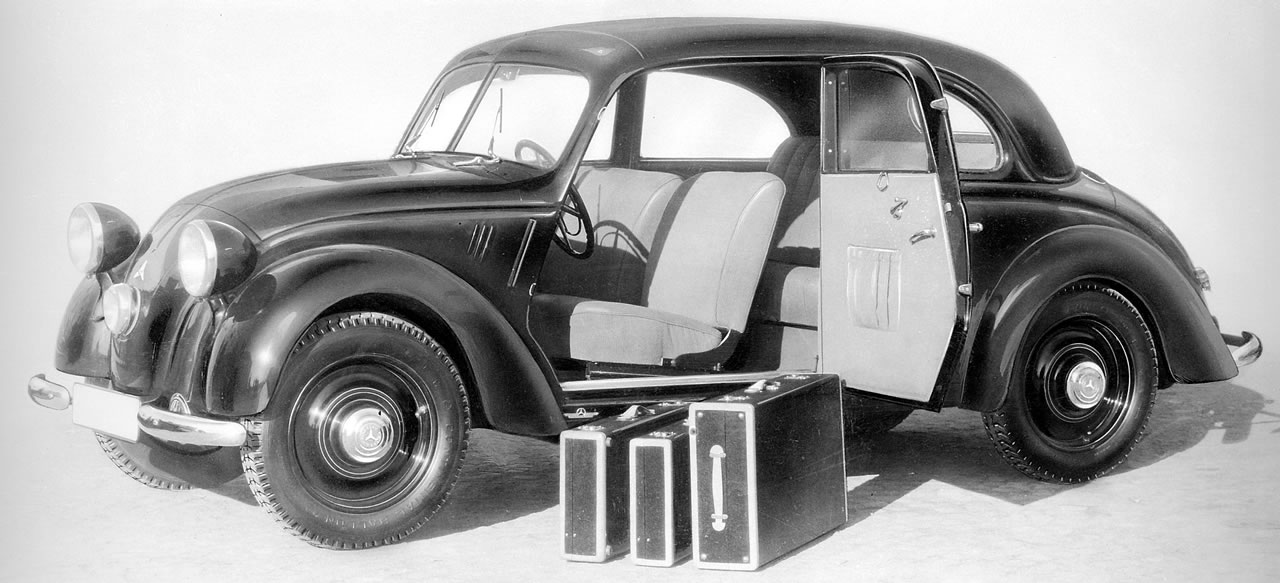
Once the experimental body of the Schlörwagen was created on the Mercedes-Benz 170H chassis it was off to the wind tunnel to find out how well the design had translated into a full size car.
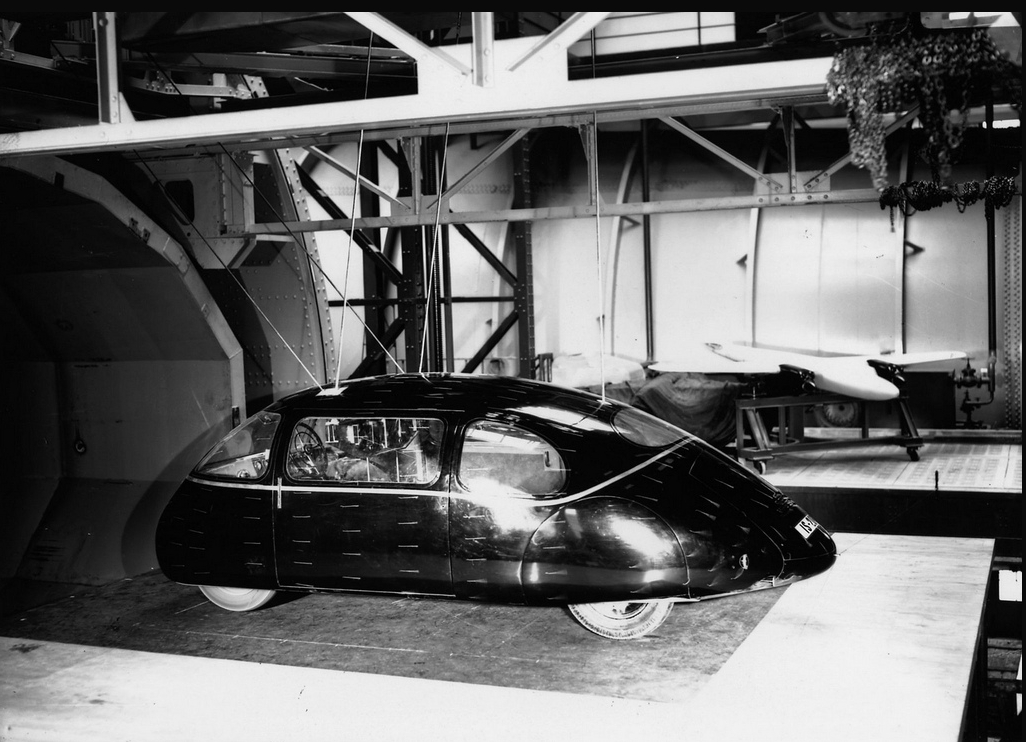
The results of the wind tunnel test were impressive. Obviously the full size car with wheels and mechanicals was not going to equal the drag coefficient of the model. But it did manage a drag coefficient of around 0.18, which is well ahead of a modern Toyota Prius for example.
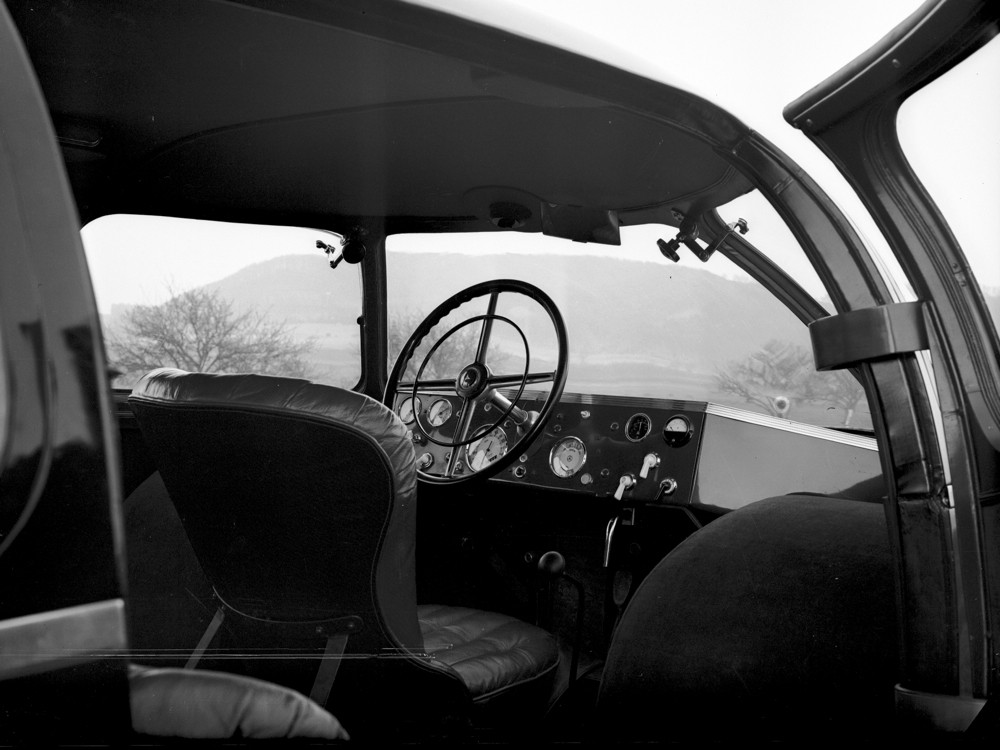
Interestingly the Schlörwagen had good interior space for the driver and six passengers who were seated on two bench seats each accommodating three adults. The driver position was central at the front ahead of the two bench seats. The vehicle was quite wide, being about seven feet wide, so more than a conventional car, more like a big Hummer or a truck. But let’s remember that this was a concept car, and that the chassis it was built on had some handling quirks of its own regardless of what body was on it. The rear engined Mercedes-Benz of the thirties with their heavy rear mounted engines and swing axles had a reputation for going into oversteer, handling characteristics that drivers of the thirties were not used to. The big Tatras had the same propensity with their alloy V8 engines mounted out behind the rear axle line. In fact Hitler banned his senior officers from owning the big Tatras as they had a reputation for going from oversteer into doing a roly poly off the road causing extreme nastiness for the driver and occupants. The cars were nicknamed “the Czech secret weapon”. It is certain that the Schlörwagen would have inherited the basic handling characteristics of the Mercedes-Benz 170H chassis, propensity for oversteer included.
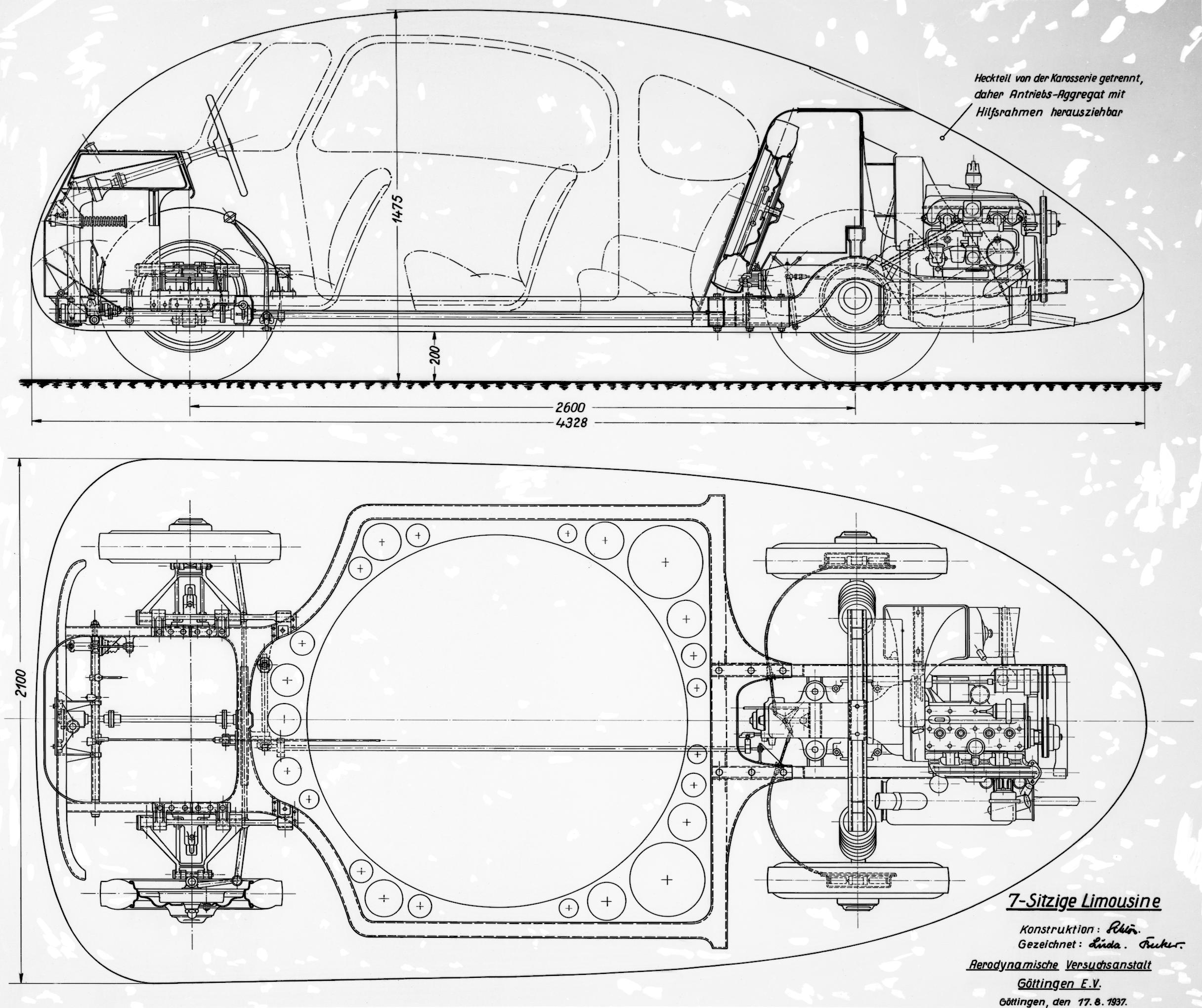
The prototype Schlörwagen appeared in 1939, just in time to be aborted due to the start of the Second World War. During the war the car was resurrected for a bit of fun experimentation, one needs a bit of light relief in times of deep darkness.
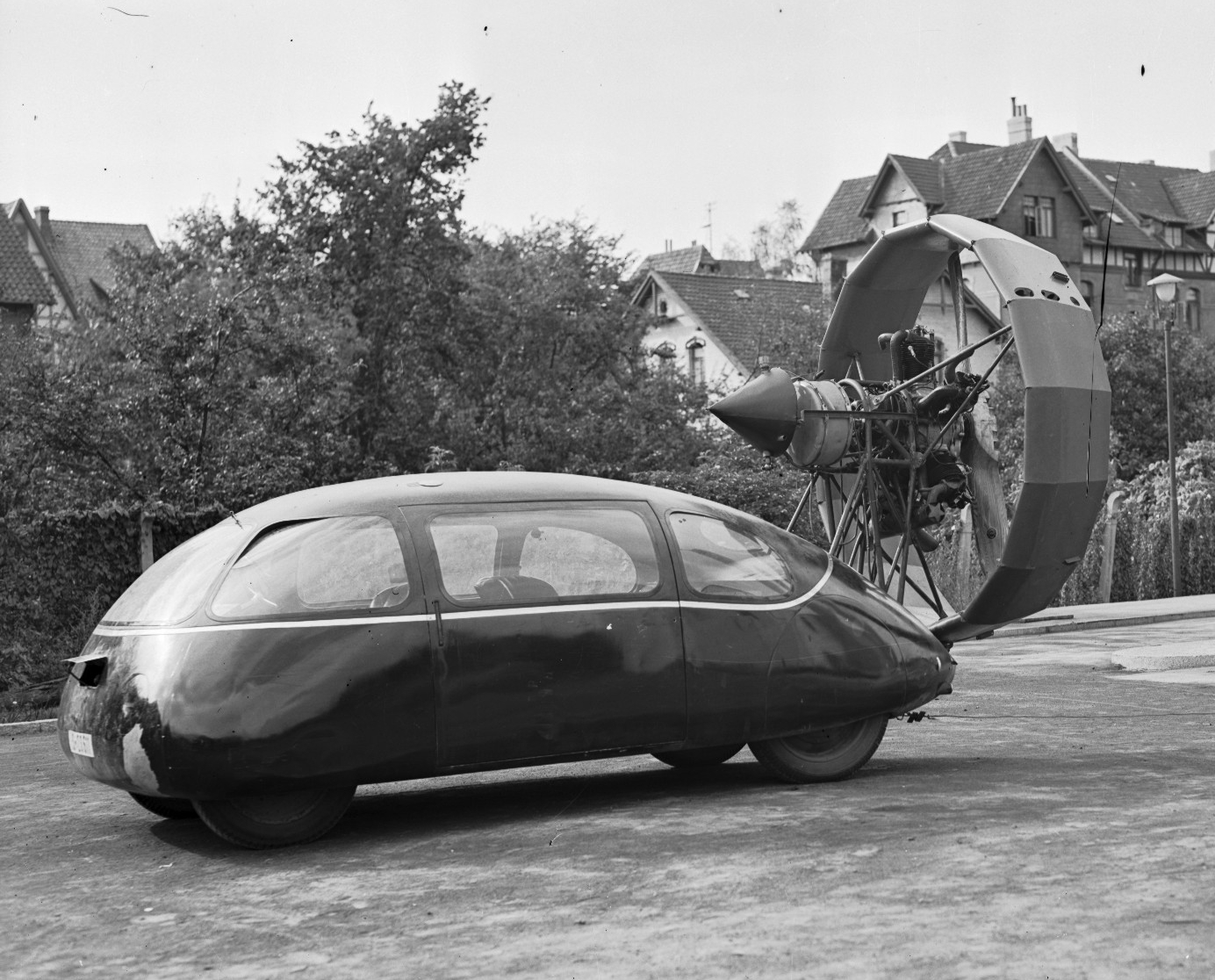
A Russian M-11 135hp aircraft engine was found, and the idle Schlörwagen was fitted with it for some “developmental trials” which were no doubt rather a lot of fun. We are not sure of the purpose of the cable extending from the rear of the car, it appears to be providing supplementary braking.
Sadly the Schlörwagen disappeared after the war and has not been seen since. Nonetheless this was a ground breaking experimental prototype concept car that could have been the basis for some practical refinement and creation of a whole new model range – though perhaps not with propeller propulsion.
Even models of the Schlörwagen are a bit hard to come by. There is one currently for sale on eBay which you’ll find if you click here.
The Schlörwagen was a bold concept that might actually have experienced some success had it not been for the events of 1939-1945. I don’t know about you but I would have loved to have had some time behind the wheel, both of the conventional version, and in its later propeller fitted iteration.

Jon Branch is the founder and senior editor of Revivaler and has written a significant number of articles for various publications including official Buying Guides for eBay, classic car articles for Hagerty, magazine articles for both the Australian Shooters Journal and the Australian Shooter, and he’s a long time contributor to Silodrome.
Jon has done radio, television, magazine and newspaper interviews on various issues, and has traveled extensively, having lived in Britain, Australia, China and Hong Kong. His travels have taken him to Indonesia, Israel, Italy, Japan and a number of other countries. He has studied the Japanese sword arts and has a long history of involvement in the shooting sports, which has included authoring submissions to government on various firearms related issues and assisting in the design and establishment of shooting ranges.

